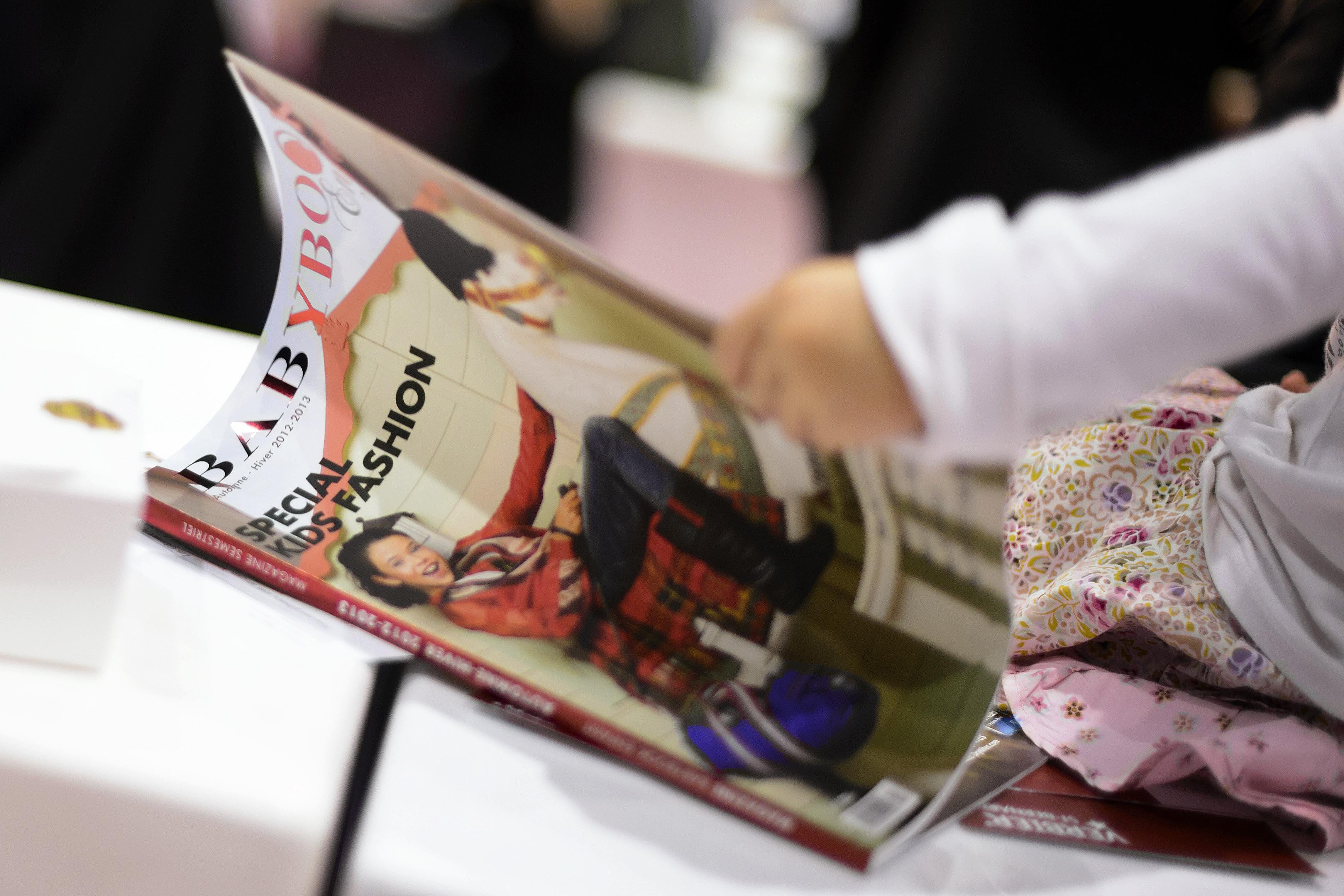This article originally appeared in Business Insider.
When waiting for the receptionist to call your name in the doctor’s office, you are powerless. You can’t go anywhere. You don’t know how long it will take. There isn’t much to do. Some people play Candy Crush or Threes on their iPhone. Others tweet things tagged #waitingroom. And some of us read. At least, in a good-faith effort, there’s usually a thick pile of magazines. But when you go over to pick through the stacks, there’s another problem. Most of the magazines are crappy and old.
Why? After all, your doctor and the rest of the people working in the office are smart and presumably just as interested in good reading material as you are. So what’s up with the subpar selection?
Researchers wanted to know too. And they’ve answered the question in a study published in the Dec. 11 issue of the BMJ—the medical journal’s light-hearted “Christmas issue,” which uses science to tackle important and underaddressed questions like “seriously, are men really idiots?”
In theory, the lack-of-certain magazines problem could be the fault of doctors not buying them or patients stealing them. To test what happens to current magazines in an office, Bruce Arroll, a doctor and professor at the University of Auckland in New Zealand (apparently this is a global problem) gathered up 87 new and old magazines (a number determined by “how many magazines the investigators could rustle up from family and friends”) covering a variety of topics and placed them in the waiting room of his practice.
It turns out that if there are current magazines around, people steal them.
Jerks.
Within a month, 41 magazines—almost half—had been taken. To make sure staff didn’t take any magazines, they were told that doing so would invoke “the death penalty,” for which Arroll would seek retrospective approval from an ethics committee.
Current magazines (less than two months old) were taken more than older magazines. Of the 47 magazines in that category, 60 percent disappeared, while only 29 percent of older magazines disappeared. But it turns out some magazines are stolen even more frequently than current ones. What the researchers termed “gossipy” magazines, which they didn’t name but defined as having at least five celebrities on the cover (with 10 celebrities, they earned the term “most gossipy”), were stolen most of all. Patients took 26 of the 27 “gossipy” and “most gossipy” magazines. They also took National Geographic, BBC History, and the Australian Women’s Weekly, just less frequently. No one stole any of the four Time magazines or 15 Economist issues.
Arroll says they considered testing what happened if they limited the magazine options to only “non-gossipy” titles like Time and the Economist, but that was rejected by the “methods advice design team”—four office receptionists. Cheaper magazines were taken most, which may help explain some of the discrepancy here.
There are some limitations to the study. Although approximately 3,000 people passed through the waiting room during these 31 days, this is still just one medical practice in New Zealand. A different population may have different results (if any New York doctors want to repeat the study, I can arrange plenty of old magazines for the test).
But Arroll et al. say that for now, if doctors want to keep up their magazine supply without having to buy too many more, they’d recommend older issues, especially of Time and the Economist.
See Also: ’Men Are Idiots,’ Says Study in Prestigious Medical Journal
